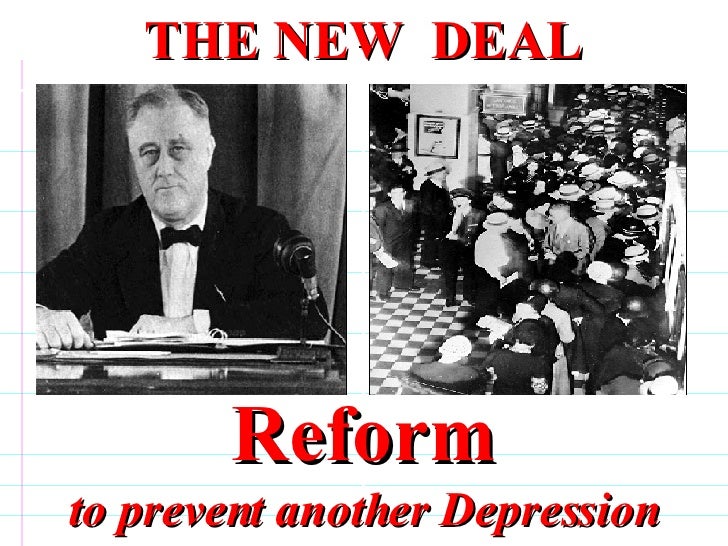Definition and Summary of the Federal Deposit Insurance Corporation
Summary and Definition: The Federal Deposit Insurance Corporation (FDIC) was created by the Glass-Steagall Act, also known as the Banking Act of 1933, as an additional measure to restore confidence in the banks following the banking crisis during the Great Depression. The Federal Deposit Insurance Corporation (FDIC) insured depositors against the loss of up to $5,000 of their deposits if their bank should collapse.

Federal Deposit Insurance Corporation (FDIC)
Franklin D Roosevelt was the 32nd American President who served in office from March 4, 1933 to April 12, 1945. One of the important events during his presidency was the establishment of the Federal Deposit Insurance Corporation. as part of FDR's New Deal Programs that encompassed his strategies of Relief, Recovery and Reform to combat the problems and effects of the Great Depression.
Fdic New Deal Purpose
New Financial Laws One of FDR's major accomplishments during his first 100 days in office was a program that revolutionized the financial industry. For the first time, the business of buying and selling shares in companies was regulated, and the bank accounts of ordinary people were insured. The SEC and FDIC were established by the New Deal. Dec 06, 2019 The SEC was created in 1934 as one of President Franklin Roosevelt’s New Deal programs to help fight the devastating economic effects of the Great Depression and prevent any future market. New Deal Remedies; Federal Deposit Insurance Corporation (FDIC) 1934. The Federal Deposit Insurance Corporation (FDIC) was formed by Congress to insure deposits up to $2500. Insured institutions are required to place signs at their place of business stating that 'deposits are backed by the full faith and credit of the United States Government.